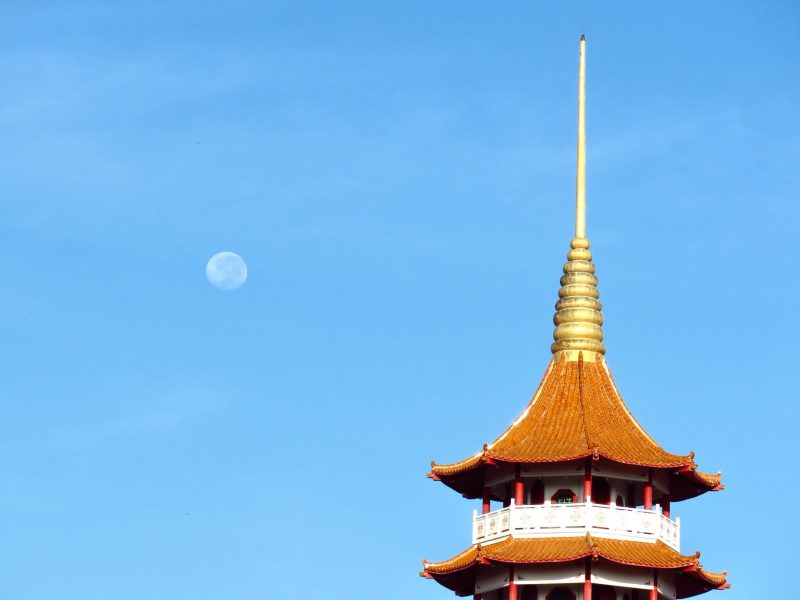

Ilija Desic caught a waning gibbous moon with seagulls in Belgrade, Serbia.
Between full and last quarter moon, late at night or in the early morning, you may see the moon in its waning gibbous phase: less than full but more than half-lighted. A full moon rises just at sunset. A waning gibbous moon rises later at night and appears in the morning sky.
A waning gibbous moon can surprise you if you happen to be out late in the evening. It rises eerily some hours after sunset, glowing red like a full moon when it’s near the horizon.
Sometimes it looks like a misshapen clone of a full moon.

Wonderful photo of a waning gibbous moonrise over Toronto, via our friend Lunar 101-Moon Book.
A waning gibbous moon also initiates a rash of questions about seeing the moon during the day.
If it rises late at night, you know the waning gibbous moon must set after sunrise.
In fact, in the few days after full moon, you’ll often see the waning gibbous moon in the west in early morning, floating against the pale blue sky.

Jenney Disimon caught this daytime moon – a waning gibbous moon, 94.7% illuminated – from Sabah, North Borneo.
As the moon orbits Earth, it changes phase in an orderly way. Follow the links below to understand the phases of the moon.
New moon
Waxing crescent moon
First quarter moon
Waxing gibbous moon
Full moon
Waning gibbous moon
Last quarter moon
Waning crescent moon
Read more: 4 keys to understanding moon phases
Bottom line: See the waning gibbous moon between the full and last quarter phases. It’s best viewed from late night through early morning.
EarthSky’s guide to the August bright planets.
Help EarthSky keep going! Please donate.
Source:
https://earthsky.org/moon-phases/waning-gibbous